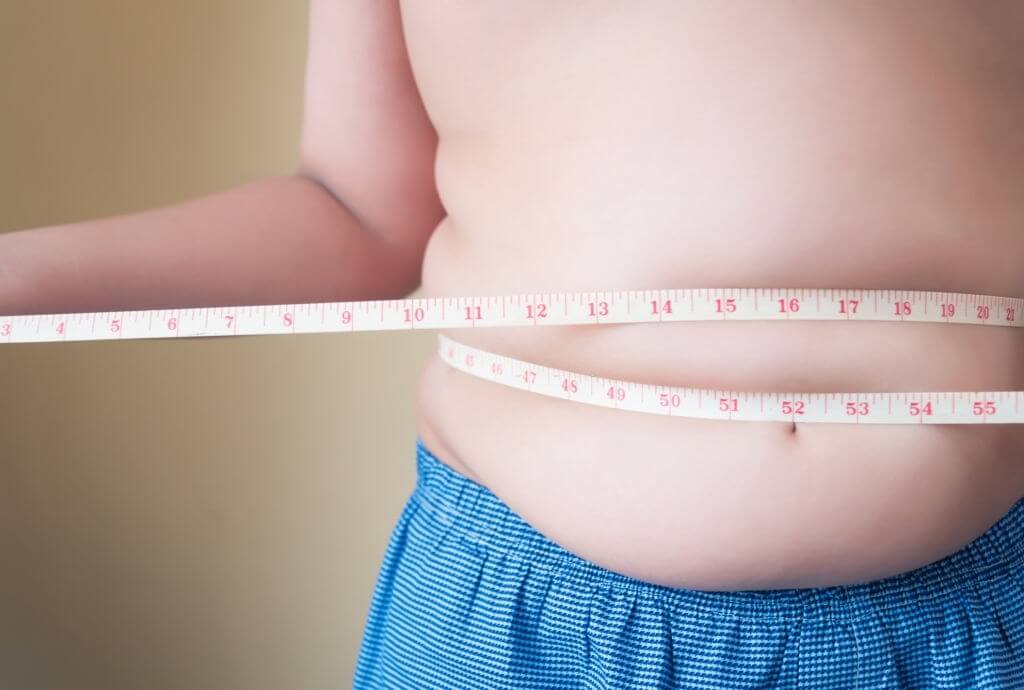A study by Kaiser on children shows that around 200000 children have acquired an excessive weight in and throughout the deadly COVID-19 pandemic- particularly age group between 5 to 11 years old, published in American Medical Association’s journal
“They observed that there is much more bodyweight acquired over the pandemic for youngsters of all ages,” explained senior author Corinna Koebnick, Ph.D., of the Kaiser Permanente Southern California Department of Research & Evaluation. “And also, the youngest children felt the impact of this weight growth.
During COVID- Kids Acquired Weight A Lot
5- to 11-year-olds acquired 5 pounds in general, although 16- to 17-year-olds gained 2 pounds. As an outcome, there has been an almost 9% rise in the number of young children who were significantly overweight.

“After kids return to school, this will be critical to concentrate on health and physical fitness in order to prevent them from carrying excess weight towards adulthood.”Scientists looked at the electronic health statistics of 191,509 Kaiser Permanente participants in Southern California aged 5 to 17 from March 1, 2019, to January 31, 2021, to see if they gained weight through the pandemic.
The pandemic has not only led people with psychological concerns but also physiological that has troubled especially kids. They had got limited physical activities due to restrictions imposed by the authorities in different regions that had made them get fat deposited leading to an overweight body. This can lead to having some more health issues in the future among a huge class that is still in their childhood.
According to the study, there has been a rise in body weight and the frequency of obesity in the COVID-19 pandemic, especially among children aged 5 to 11.
Children aged 5 to 11 years gained 5.07 pounds much during COVID-19 than they did a year earlier, while children aged 12 to 15 years and 16 to 17 years acquired 5.1 pounds and 2.26 pounds.
Accordingly, over the last year. This obesity growth led to nearly 9% more adolescents getting overweight or obese in youngsters aged 5 to 11, relative to 5% in kids aged 12 to 15, and 3% in children aged 16 to 17. Obesity was to blame for the majority of the rise among kids aged 5 to 11 and 12 to 15.
As per nutrition experts, children who are currently at the potential for obesity may well have been exposed to a higher significant risk of shifts in eating patterns during the epidemic. It believes that children who seemed to have no parental help or who worked outside the house were more likely to be hungry.
As a result, they are more inclined to consume processed meals, which are generally less expensive and tasty. Eventually, this food resulted in an increase in weight.
How would childhood obesity affect one’s health? Childhood obesity is linked to a greater risk of cardiovascular disease (CVD), including Insulin resistance has grown, glucose intolerance problems, dyslipidemia, Low-grade systemic inflammation, thickening of the arterial walls and blood pressure rises.
Pediatric obesity is linked to the growth of the fatty liver disease, cancer, lung disease, asthma, sleep apnea, orthopedic issues, depression, and type 2 diabetes, in addition to raising the risk of CVD. Exercise, a well-balanced diet, and losing weight, can help to lower those risks.
This requires organizing food items instead of leaving kids to munch all through the day, as well as establishing a mealtime duty split. Also, removing sugary soft drinks but only allowing water during meals is an excellent strategy to reduce useless calorie consumption. These regular physical exercises or some outdoor activities can even help in reducing weight.